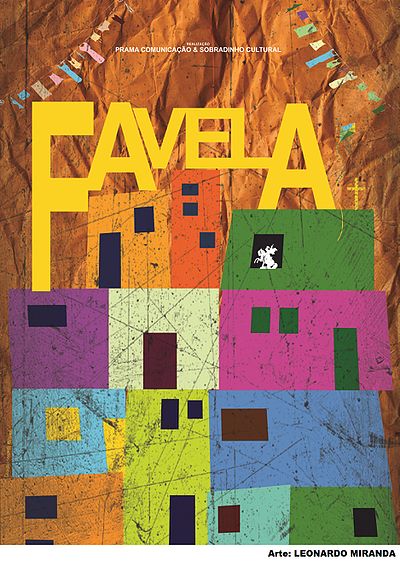A number of religious traditions exist in the favelas. Historically, Catholicism was the most prominent religion of the area, but over the past few decades there has been a shift toward Evangelicalism, including Pentecostalism. While there has been an increase in the number of converts to Evangelicalism, there are also an increasing number of people who claim to be non-religious.
Popular types of music in favelas include funk, hip-hop, and Samba. Recently, funk carioca, a type of music popularized in the favelas has also become popular in other parts of the world. This type of music often features samples from other songs. Popular funk artists include MC Naldo and Buchecha Bailes funk are forms of dance parties that play this type of funk music and were popularized in favelas. Popular hip hop artist MV Bill is from Cidade de Deus in Rio de Janeiro
Media representations of favelas also serve to spread knowledge of favelas, contributing to the growing interest in favelas as tourist locations.[27] In recent years, favela culture has gained popularity as inspiration for art in other parts of the world. Fascination with favela life can be seen in many paintings, photography, and reproductions of favela dwellings.[21] There have also been instances of European nightclubs inspired by favelas.
Book: In 2003, Luke Dowdney published the book Children of the Drug Trade (Criancas do Trafico, Portuguese translation). The book was written to make policy makers aware of the extent of the involvement of children in drug trafficking. His book is the result of an empirical study based on fieldwork on children and adolescents and their participation in drug trafficking factions in the favelas of Rio de Janeiro. In dealing with the issue of armed violence involving children, the author investigates the causes, the data about this reality and the relationship of these children with drug trafficking in the favelas of Rio.



